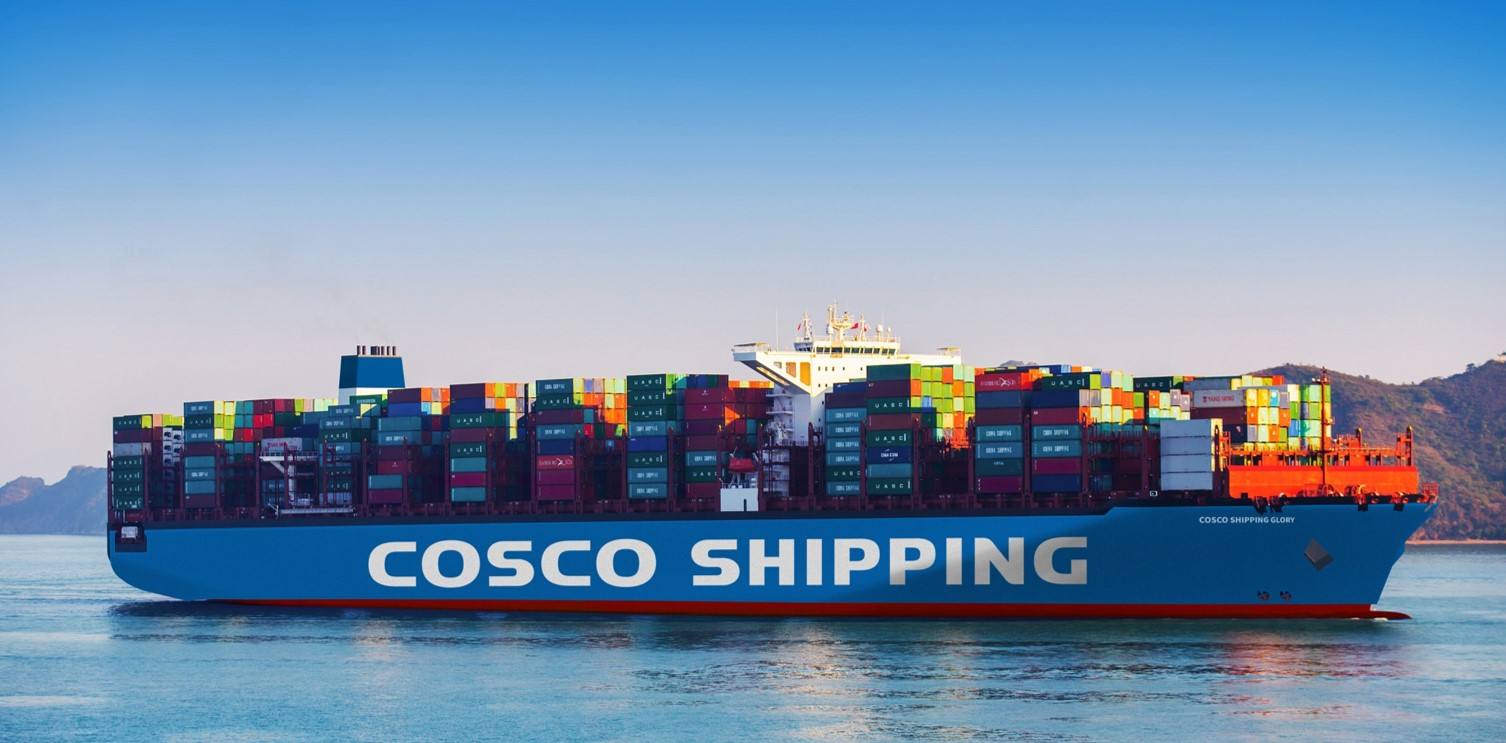海运供应链中断短时间内无法解决

即使在大流行后海运集装箱贸易恢复“正常”,供应链中断可能会持续长达6个月。
目前还没有人知道疫情前的班轮业务何时会恢复相对正常,但全球网络要恢复到疫情前的运营还需要几个月的延迟。这是航运咨询公司德鲁里(Drewry)集装箱设备高级分析师约翰.福西(John Fossey)昨日在该公司举办的网络研讨会上发出的尖锐信息。
由于劳动力短缺、抗疫情措施、港口拥堵和仓库爆满,集装箱生产率已下降20-30%。福西说,一些集装箱现在被用于增加存储空间,因此被从供应链中移除。
尽管2021年集装箱贸易增长了6.5%,为2009年以来的最高水平,但未能达到德鲁里去年9月预测的8%。该公司的分析师已将2022年的需求预测从去年9月的5.2%下调至4.6%。不断上升的通胀构成了一个重大风险。
货箱滞留和贸易反弹提振了集装箱需求,推动去年集装箱产量飙升,达到创纪录的720万标准箱,几乎全部在中国。今年晚些时候,越南的两家新制造厂将投产,可能会再增加100万箱的产能。
福西说,与此同时,航空公司正将巨额利润的一部分用于购买新的自有设备,预计它们在机队中的份额将增加到51%以上,扭转了租赁公司在前几年的边际主导地位。
弗西预计,新的集装箱价格和租赁利率在2021年升至创纪录水平,尽管从现在到2025年预计将有所缓解。罐式集装箱价格涨幅最大,从2020年第四季度的不到1.3万美元增至2021年同期的2.2万美元。
长期集装箱租赁的回报率已经上升到10%左右。
